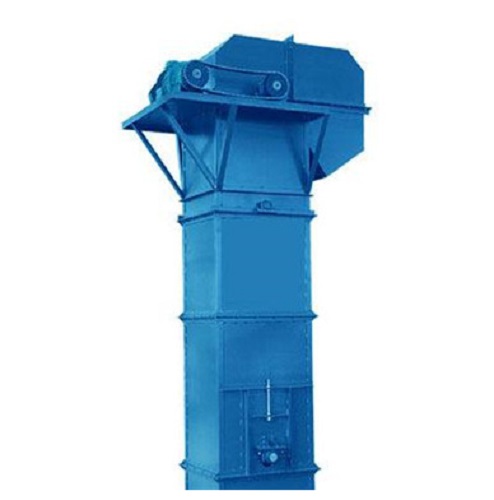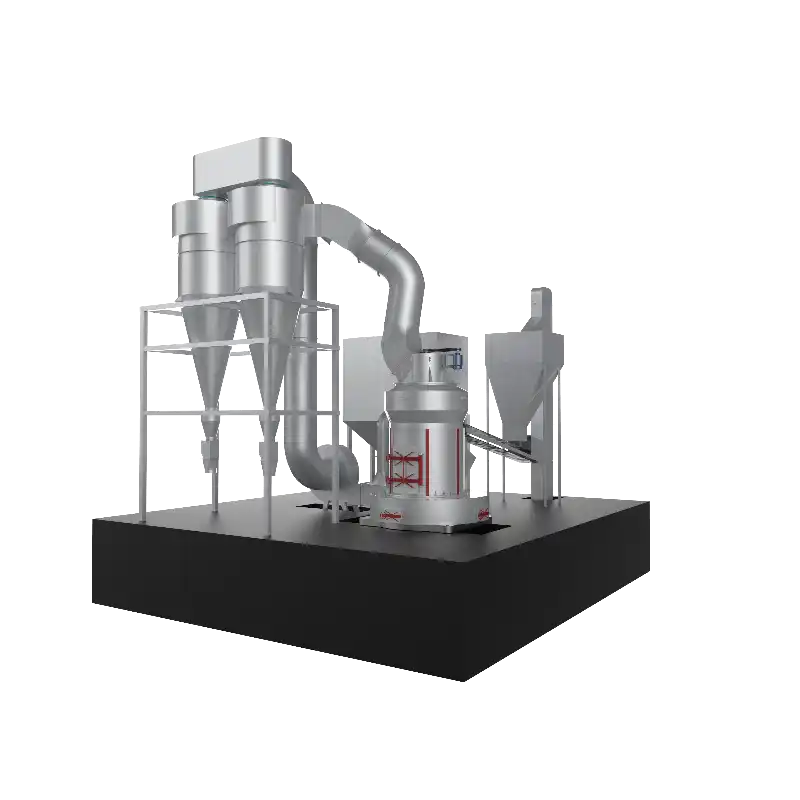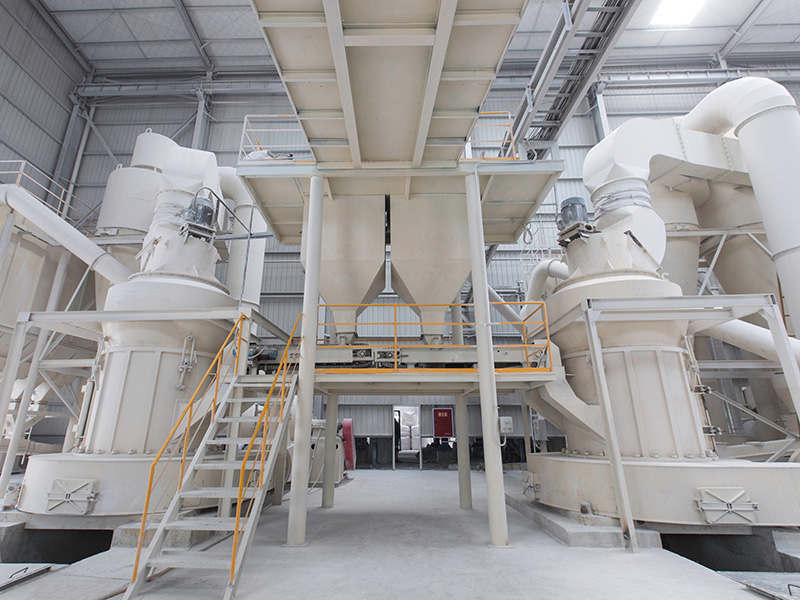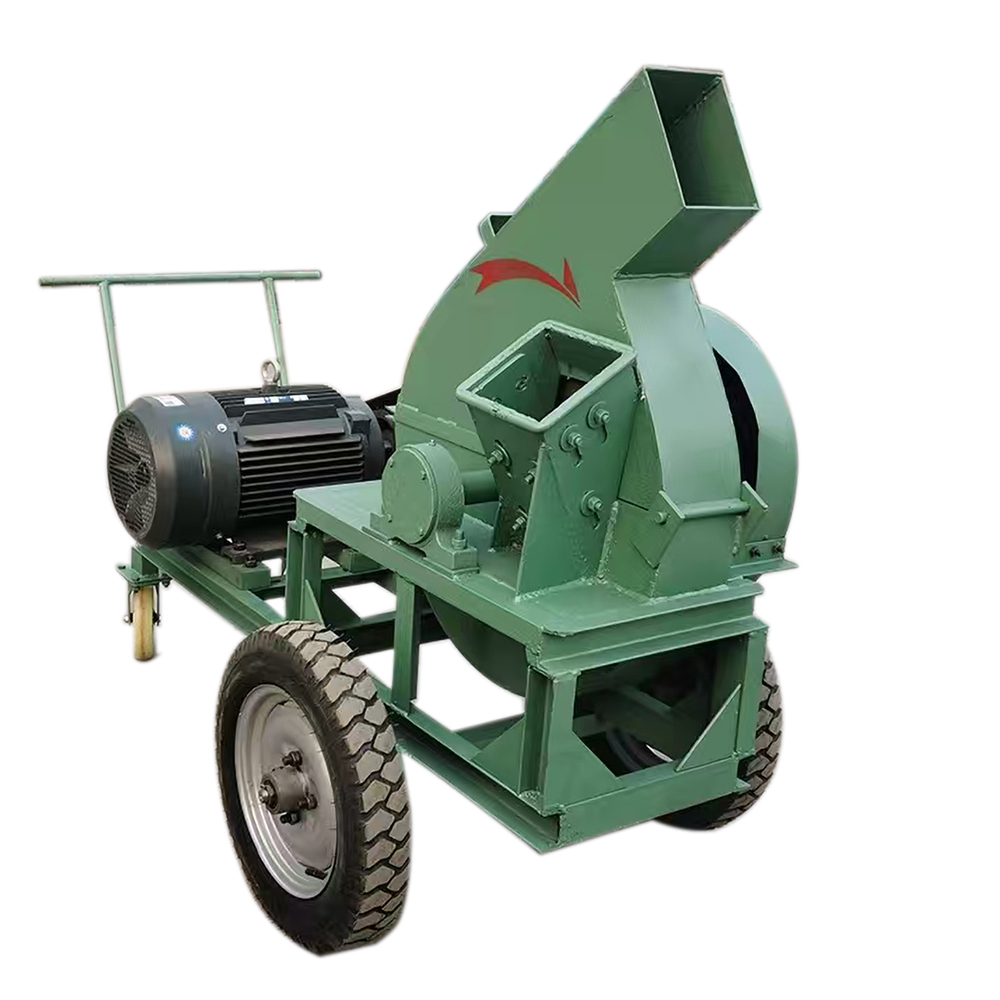Contents Catalog
The production of calcium hydroxide is a very complex chemical reaction process, in which the precise control of water is particularly important. Here is a technical engineer from Cronus to explain How to Make Hydrated Lime.
Hydrated lime, also known as calcium hydroxide (Ca(OH)₂), is an important inorganic compound with a wide range of applications in various industries, including construction, environmental management, and agriculture. The production of hydrated lime primarily involves the thermal decomposition of limestone (calcium carbonate, CaCO₃) and the subsequent hydration of the resulting calcium oxide (quicklime, CaO). This article will detail the production process of hydrated lime, focusing on how to precisely control the water content during the reaction between calcium oxide and water.

1. Raw Material Preparation
The first step in producing hydrated lime is selecting high-quality limestone. Limestone, which mainly consists of calcium carbonate, should be free from impurities to ensure the purity of the final product. During selection, it is crucial to minimize the presence of impurities such as sulfur, iron, and aluminum, as they can adversely affect the quality and performance of hydrated lime.
2. Calcination of Limestone
The calcination process is where limestone is converted into calcium oxide. This process typically occurs at elevated temperatures ranging from 900°C to 1200°C. During this process, limestone undergoes thermal decomposition:
CaCO3(s)→CaO(s)+CO2(g)↑CaCO3(s)→CaO(s)+CO2(g)↑
This reaction generates calcium oxide (CaO), a white solid, while carbon dioxide (CO₂) is released as a byproduct. It is crucial to control the temperature and reaction time during the calcination to ensure complete decomposition of limestone and to minimize CO₂ emissions.
2.1 Equipment for Calcination

The calcination process is typically carried out in a rotary kiln or a vertical kiln. The choice of equipment affects the efficiency and purity of the calcium oxide produced. Rotary kilns allow for continuous operation and better temperature control, while vertical kilns are often more energy-efficient.
3. Generation of Calcium Oxide
After calcination, the calcium oxide produced must be cooled quickly to prevent it from reacting with atmospheric moisture. This cooling process is usually conducted in a controlled environment to avoid the absorption of moisture by the quicklime. Depending on the production setup, the cooling can be achieved through air or water quenching.
4. Hydration Reaction
The next step is the hydration of calcium oxide to produce hydrated lime. This process involves the addition of water to calcium oxide, resulting in a highly exothermic reaction. The chemical equation representing this reaction is:
CaO(s)+H2O(l)→Ca(OH)2(s)CaO(s)+H2O(l)→Ca(OH)2(s)
During this step, the precise control of water content is crucial, as it directly influences the yield and properties of the hydrated lime.
5. Controlling Water Content
5.1 Measuring Water Accurately
To ensure the production of high-quality hydrated lime, it is essential to measure the amount of water added with precision. The ideal ratio is generally about 0.5 moles of water for each mole of calcium oxide, but this may need to be adjusted based on specific production requirements. Using accurate measuring equipment, such as electronic scales and flow meters, can help ensure that the correct amount of water is added.
5.2 Monitoring Reaction Conditions
The conditions during the hydration reaction, including temperature, humidity, and reaction time, also play a vital role in determining the necessary water content. It is advisable to conduct the reaction in a stable environment to prevent excessive evaporation of water due to high temperatures or incomplete reactions caused by low temperatures. Continuous monitoring of the reaction environment using thermometers and hygrometers provides crucial feedback for water addition.
5.3 Gradual Addition of Water
To achieve precise control over the reaction, a gradual addition method is recommended. Initially, a small amount of water is added to initiate the reaction with calcium oxide. After observing the reaction, additional water can be added incrementally based on the state of the reaction. This approach helps regulate the reaction speed, preventing issues arising from excessive water that could lead to the dissolution of hydrated lime or a rapid reaction that generates excessive heat.
5.4 Post-Reaction Testing
After the hydration reaction is complete, it is vital to test the hydrated lime to ensure it meets quality specifications regarding moisture content and purity. Chemical analysis methods, such as titration or X-ray diffraction, can be employed to assess the quality of the product. Should the water content be found to be too high or too low, adjustments can be made based on the test results to ensure the final product’s compliance with standards.
6. Applications of Hydrated Lime
Hydrated lime has a wide array of applications across different industries:
- Construction Industry: Hydrated lime is used as a key ingredient in the production of mortar and plaster, helping to improve the strength and durability of construction materials.
- Environmental Management: Hydrated lime plays a significant role in water treatment processes and air pollution control. It is effective in neutralizing acidic effluents and reducing the levels of heavy metals in wastewater.
- Agriculture: In agricultural practices, hydrated lime is used to amend acidic soils, enhance soil fertility, and promote better crop yields.
- Food Industry: Hydrated lime is used in food processing as an additive and preservative, ensuring food safety and stability.
7. Conclusion
In summary, the production of hydrated lime from limestone involves a series of well-coordinated steps, starting from the selection of raw materials to the final hydration reaction. Controlling the water content during the hydration process is critical for ensuring the quality and efficiency of the final product. As technology continues to advance, the production processes for hydrated lime will also evolve, leading to improved methods and higher quality products. By optimizing reaction conditions and water addition techniques, manufacturers can enhance the production efficiency and quality of hydrated lime, catering to the growing demands of various industries.






